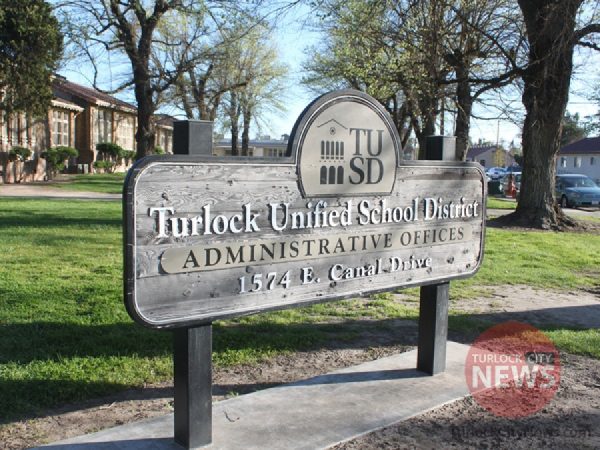The Turlock Unified School District will offer a series of parent and community forums to review the district’s draft Local Control and Accountability Plan, as well as the Local Control Funding Formula.
The LCAP is essentially TUSD’s process and plan to meet a specific set of educational guidelines set forth by the state. The forums will involve parents, educators, employees and the community to define the district’s overall vision for student learning, goals and actions. The LCAP is both districtwide and school site-specific.
The LCFF is the new funding system, which allocates a base funding level from the state and provides more freedom for school districts to manage their own money. The old system gave districts set categorical funds, which could only be spent in certain ways.
The following forums will be held:
April 14, in the Wakefield Elementary School cafeteria
April 16 at Dutcher Middle School, room 41
April 17 in the Pitman High School library
April 28 in the Professional Development Center, located on the eCademy Charter at Crane campus
All forums are scheduled to run from 6 to 7 p.m.
Eight LCAP State Priority Areas (Courtesy California PTA)
- Providing all students access to fully credentialed teachers, instructional materials that align with state standards, and safe facilities.
- Implementation of California’s academic standards, including the Common Core State Standards in English language arts and math, Next Generation Science Standards, English language development, history social science, visual and performing arts, health education and physical education standards.
- Parent involvement and participation, so the local community is engaged in the decision-making process and the educational programs of students.
- Improving student achievement and outcomes along multiple measures, including test scores, English proficiency and college and career preparedness.
- Supporting student engagement, including whether students attend school or are chronically absent.
- Highlighting school climate and connectedness through a variety of factors, such as suspension and expulsion rates and other locally identified means.
- Ensuring all students have access to classes that prepare them for college and careers, regardless of what school they attend or where they live.
- Measuring other important student outcomes related to required areas of study, including physical education and the arts.







